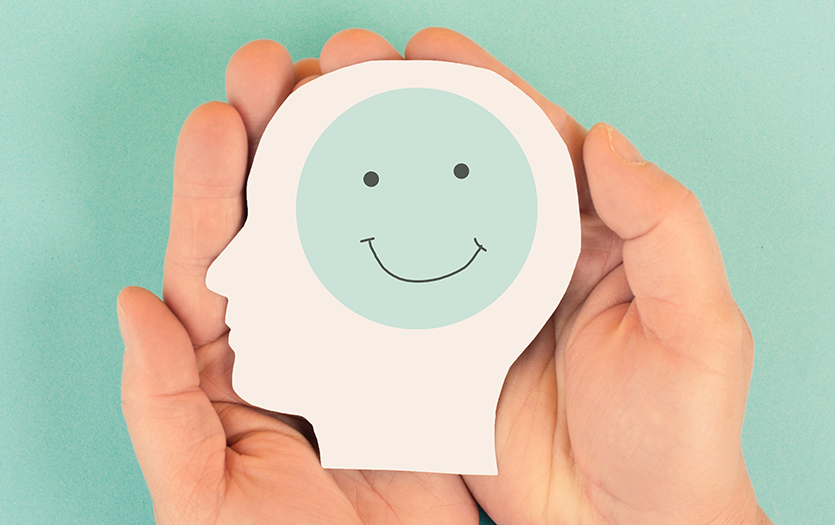
For a generation where gaming, social media and even online learning are king, kids are constantly glued to their screens. Becoming and staying active throughout childhood can make a huge impact in later years, but the Centers for Disease Control & Prevention (CDC) estimates that less than 24% of children ages 6 to 17 participate in 60 minutes of exercise every day. Getting your child interested in stepping outside and being active can be a challenge. There’s a lot to compete against, after all. We have some useful tips to help you shift the family’s habits and promote a more active lifestyle.
The benefits of movement
Physical activity is key to your child's lifelong health and well-being. Moving their bodies helps them focus better at school, perform better in sports, get a better night’s sleep and have better overall mental health, reducing symptoms of anxiety and depression. According to the CDC, regular physical activity lowers the risk for chronic conditions now and down the road, including heart disease, cancer, type 2 diabetes, high blood pressure, osteoporosis and obesity.
Which activities are best?
There are three types of activity that help kids stay fit: aerobic, muscle strengthening and bone strengthening. Aerobic activities such as running and bike riding strengthen the heart and lungs and build endurance. Muscle strengthening activities like climbing, gymnastics and sit-ups help tone the muscles. And bone-strengthening activities like jumping rope and martial arts help encourage bone growth and strength. Ideally, your child would participate in a range of activities that promote these three areas.
A fresh mindset
Start by reframing how you think about your family’s routine. Carve out some time to consider the following:
- What does being active mean for your child and your whole family?
- How could you be more active as a family?
- What are some of the barriers to being active currently?
- What do you and your children enjoy doing?
Time for action
It’s important not to add too much, too fast. Make one or two changes, and see how it works. You could start by cutting back your child's screen time by 2 or 3 hours a week for 1 week. Have your child do something active in that time, like bike riding or organizing a neighborhood basketball game. You may find that after a few weeks your child likes being more active.
Maybe you introduce a family walk after dinner. Not only is this a great way to incorporate movement into your day, but it also gives you an opportunity to catch up on the day’s events and connect as a unit.
Remember that you can decide how and when to make changes, and you can control how fast you make them. Small, slow changes often work better and last longer than big ones. Find what works for you as a family.
Creating an active environment
One of the very best things you can do for your child's health is to help make physical activity a habit—something that will be a natural part of your child's daily life through adulthood. Here are some things you can do to help your child be active and healthy:
Make sure it’s a good fit. It's important for children to have fun, so don't force them to exercise. Instead, find activities that they like to do and will eventually do without being prompted.
Carve out time. Create ways for your child to be active for at least 1 hour each day. Leave space for shorter periods of time throughout the day so that it adds up to 1 hour. Encourage your child to do things like running, jumping rope or playing soccer in between studying, meals and other demands.
Plan family activities. Hike or bike, wash the car or walk around a mall. Do an online exercise video together. Offer choices, and join your child in play.
Make physical activity part of daily routines. Walk with your child to do errands, or walk to the bus stop or school, if you can.
Add a friend. Letting a child invite a friend to join in activities like a bike ride, building a snow fort or a day at the trampoline park is a great motivator and supports their social well-being as well. You could even include other families and set up a neighborhood touch football or walking event.
Let your child try different organized activities. See what your child enjoys, such as basketball, dance, soccer or martial arts. Offer encouragement and positive feedback even if they ultimately decide that a particular sport is not a good fit for them.
Talk with your child's caregiver or sitter. Discuss ways they can encourage your child to be physically active throughout the day when you aren’t able to be with them.
More inspiration
For more on the topics of screens and movement, check out these posts on the Parkview Dashboard:
Looking for ways to keep the kids active?
The state of physical activity in our state
25 fun ways to get active this weekend
The many health benefits of regular exercise
Our teens, their screens and mental health
Embracing less with a digital detox
Tuning in to your teen’s mental health
How much technology is too much?
Copyrighted material adapted with permission from Healthwise, Incorporated. This information does not replace the advice of a doctor.



